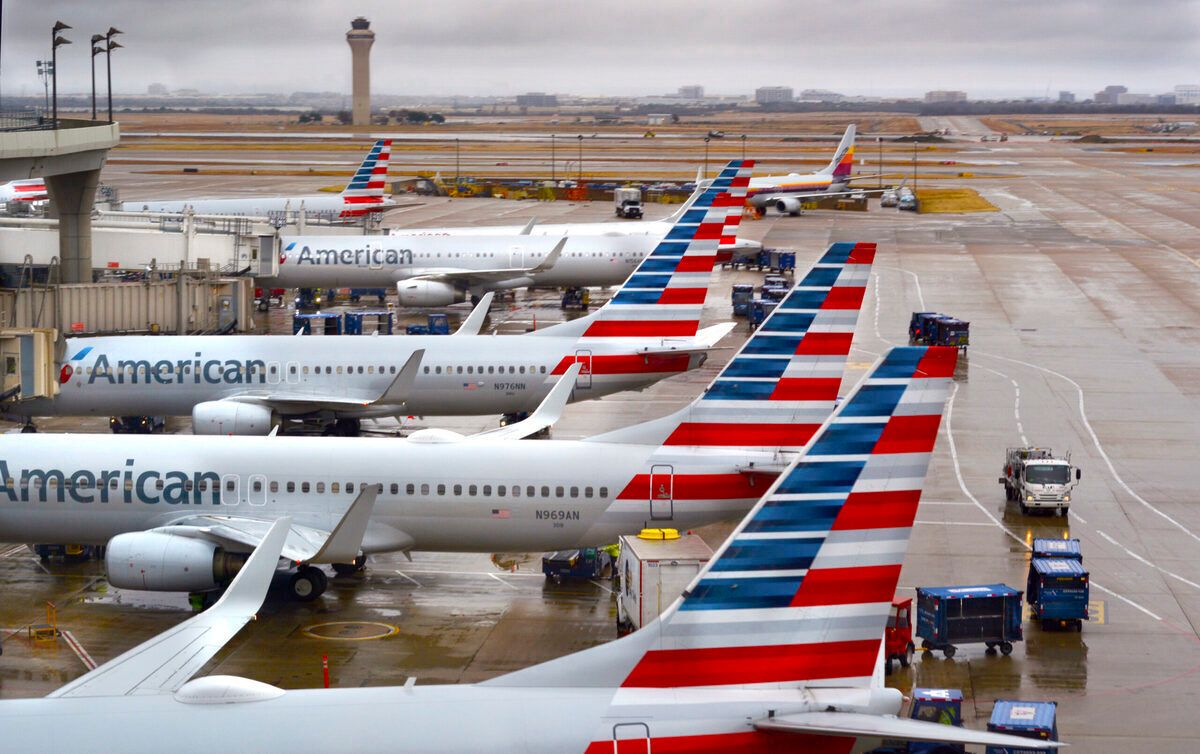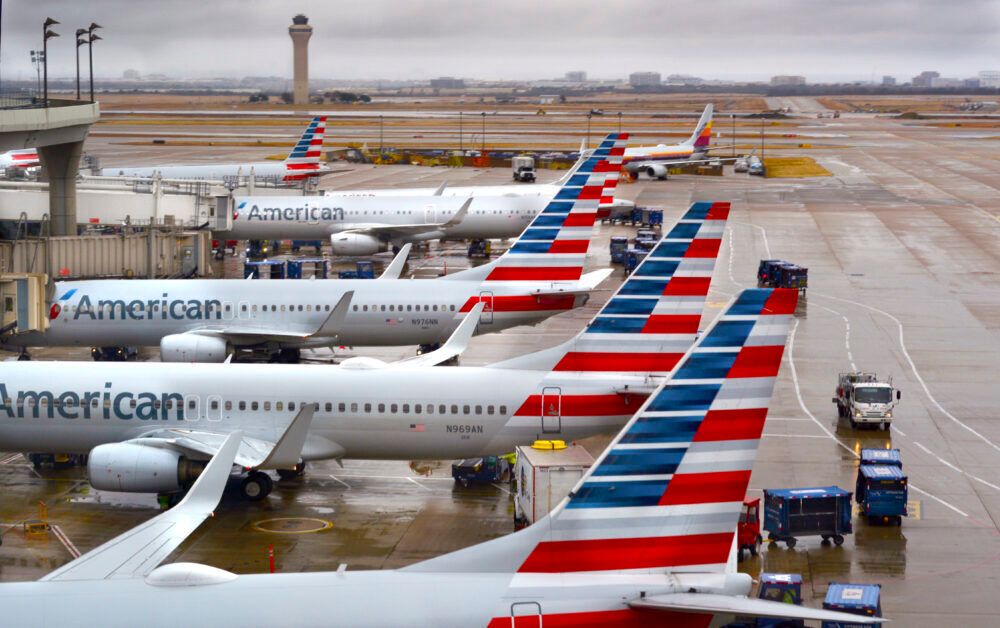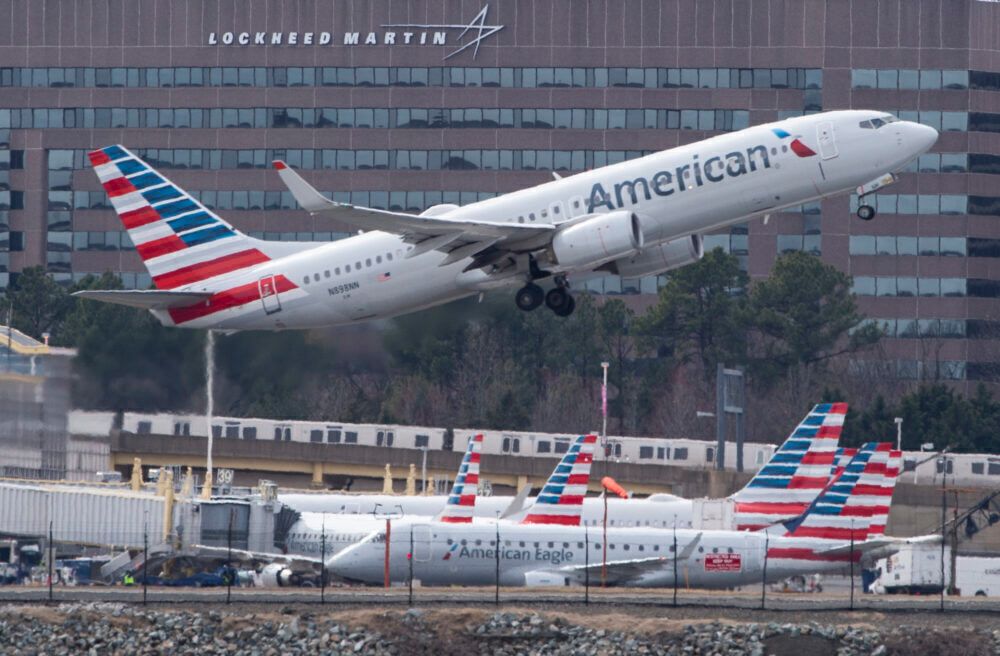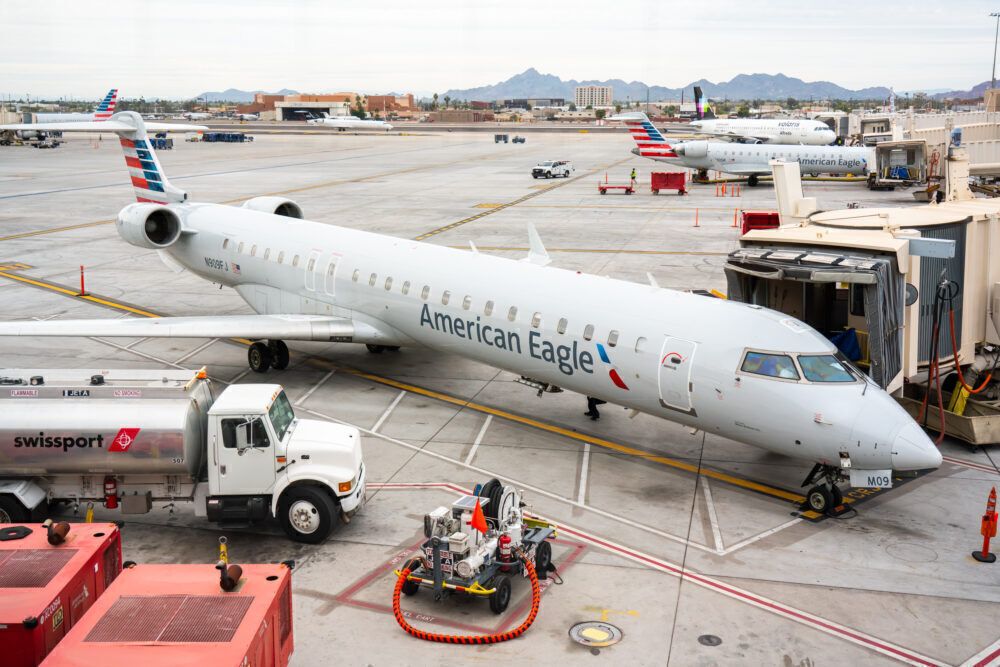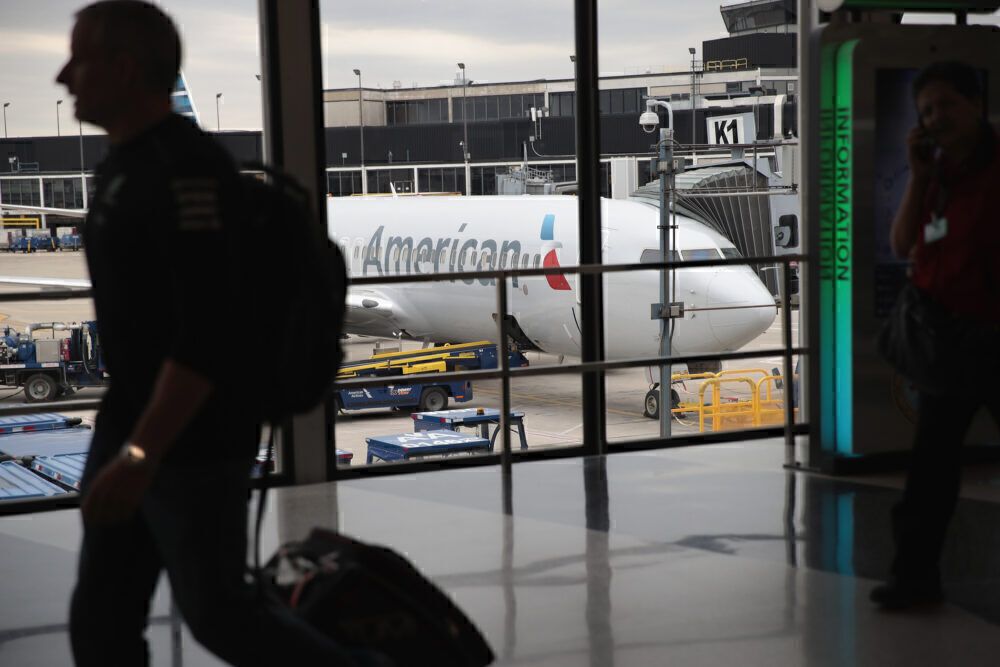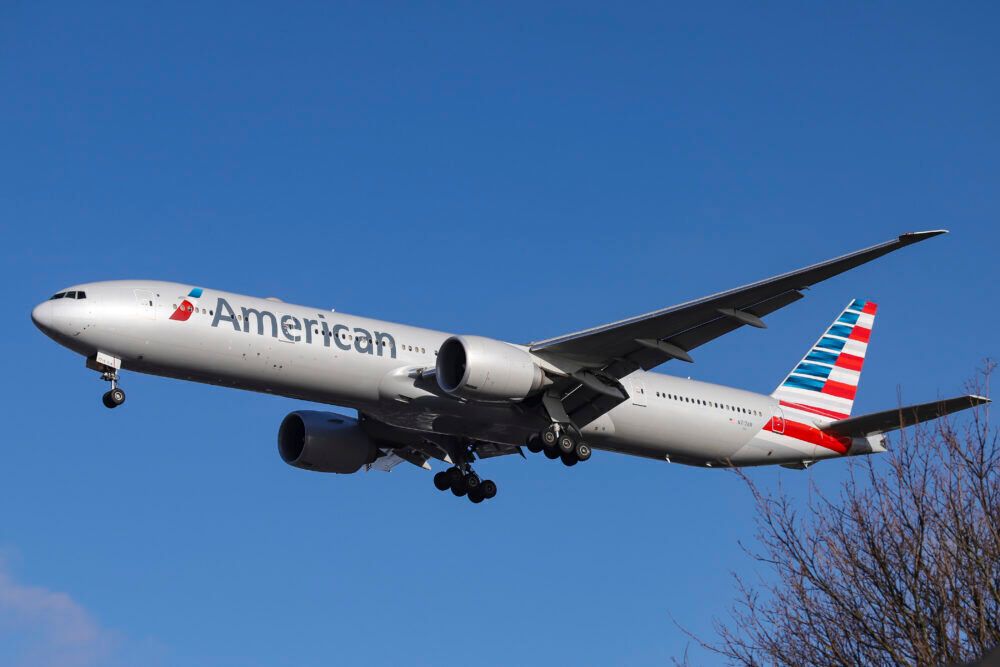American Airlines has hubs across the United States. This includes Dallas, Charlotte, Miami, Phoenix, Chicago, New York, Los Angeles, Philadelphia, and Washington D.C. Through these hubs, the airline provides coverage for nearly all of the United States and can offer a host of one-stop and nonstop itineraries to Asia, Australia, Latin America, Europe, the Caribbean, and much of North America. With the great reset of the crisis, American Airlines has started to experiment more with its hubs and shifted some of its strategies.
American's changing view on hubs
There is a belief in some network planning circles that, with a hub-and-spoke network, airlines should not overfly their hubs. In this manner, each hub serves a specific purpose. However, this has started to change, according to Vasu Raja, American's Chief Revenue Officer, who spoke at the Raymond James 2021 Diversified Industrials Conference:
"There was probably a bygone time in our airline where I think we had a more dogmatic view that all the hubs should be utilized for certain purposes and their purposes shouldn't cross. We used DFW for things that we didn't use Phoenix for, and Charlotte for things we didn't use DFW for. Indeed, through the pandemic as much as anything that has very much changed in our view."
The more dogmatic view would have seen Phoenix serving more as a gateway to smaller destinations in the Western United States, while Philadelphia served as a gateway to the Northeastern US, just as an example.
While Dallas held a special role as the airline's largest connecting hub and a one-stop-shop to Asia, Latin America, Europe, and Central America, the carrier avoided flying routes like Charlotte to Honolulu – a flight it added during the crisis.
A reason for the change: size
American Airlines has one of the largest networks in the world and has an enviable position in the United States. One of its greatest strengths is connecting smaller cities with the rest of the world, as Mr. Raja explained:
"The thing that we do better than anybody in the world is is connecting people from all the small cities of the Americas into the global marketplace, whether that city is Abilene, Texas, or, Bogota, or whatever the case might be. So, the more of that we can do, the more of those O&Ds that we can make, the better it is."
American's network has grown quite a bit. The issue for the airline now is continuing to mature its network given the large size it is already at. In short, American has to create value for its customers that requires it to move beyond specific purposes for each hub, as Mr. Raja continued:
"The more and more we can construct O&Ds that are unique for the customer, that creates unique value, and unsurprisingly, when you create unique value for your customers they pay you more and fly you more. We've seen that throughout the pandemic. So for us, far from having defined roles that this hub must do X or that must do Y, we want to use the hubs, first, to maximize their their full scale potential because the marginal cost of adding another flight into Philadelphia, or Phoenix, or something like that is relatively small, but the customer value creation, therefore the revenue generation, from it is massive."
One example he gave was El Paso, Texas. A more traditional approach would see the airline stick with a high-frequency schedule to Dallas/Fort Worth International Airport (DFW), with a decent amount of flying on smaller regional jets. However, the airline has now pivoted in that market toward flying more mainline aircraft and overflying some of its hubs. For example, American offers a nonstop flight from El Paso to Charlotte on a mainline aircraft.
The reason American needs to add flying to more hubs is to stay relevant to more customers. As it builds its presence in cities that it lands in, it wants to acquire more customers by offering them better itineraries and schedules than the competition and offering more one-stop flights, and providing a valuable network to consumers without needing to completely alter its onboard product to coax customers.
Stay informed: Sign up for our daily and weekly aviation news digests.
One strategy that won't change: international flying
While American has made a lot of progress adding those new connections in the domestic sphere, it is going a little more cautious in the international market. As Mr. Raja explained:
"The lone exception to it is how we think about long haul international where Miami will always be the cradle of our Latin American network. Increasingly, Seattle and DFW will come become cradles of our Pacific network, augmented by some trips from LA. New York and Philadelphia will both be massive transatlantic gateways for us, and they'll be complemented by services across every one of our hubs, and even a couple spoke cities that are out there. But other than that, our goal is just to create as many unique O&D combinations for the customers we can."
International flying is where airlines may face added risks, and experimentation can come at a cost. As a result, turning to a more standard network strategy here is not necessarily a drawback for the airline and can be more of a strength.
Given the expansion of the airline's domestic network, American can offer more one-stop itineraries. For example, the airline can sell a one-stop flight from Kansas City to Rio de Janeiro or Denver to Tel Aviv with only a single stop in Miami. This creates a lot of value to customers who may otherwise face two stops or more on another airline and gives American an opportunity to be relevant to more of its customers.
The crisis has changed many ways the airline industry operates, including American's hubs strategy. With Dallas still proving key, it has not stopped American Airlines from looking at new opportunities to augment its mature network toward greater growth and maximizing the potential of each hub.
What do you make of American's view of its hubs? Let us know in the comments!

